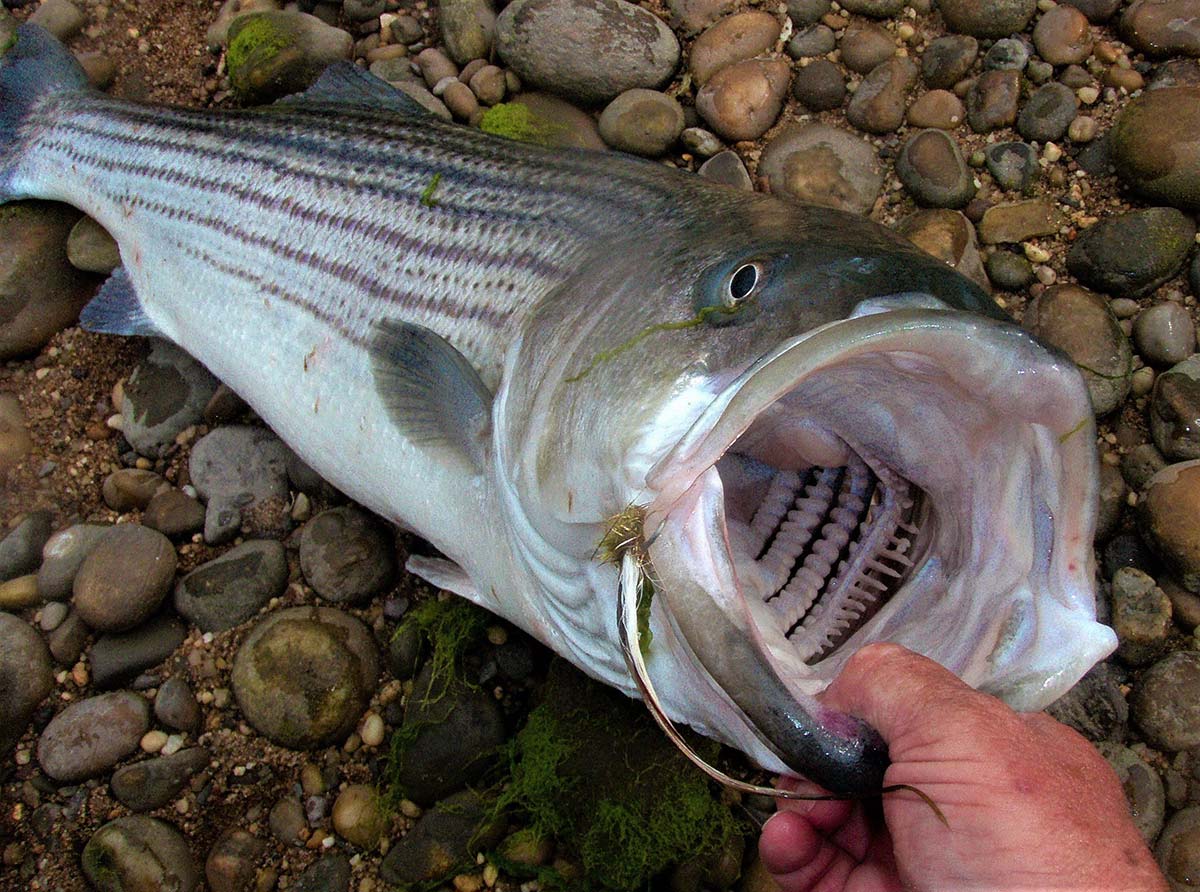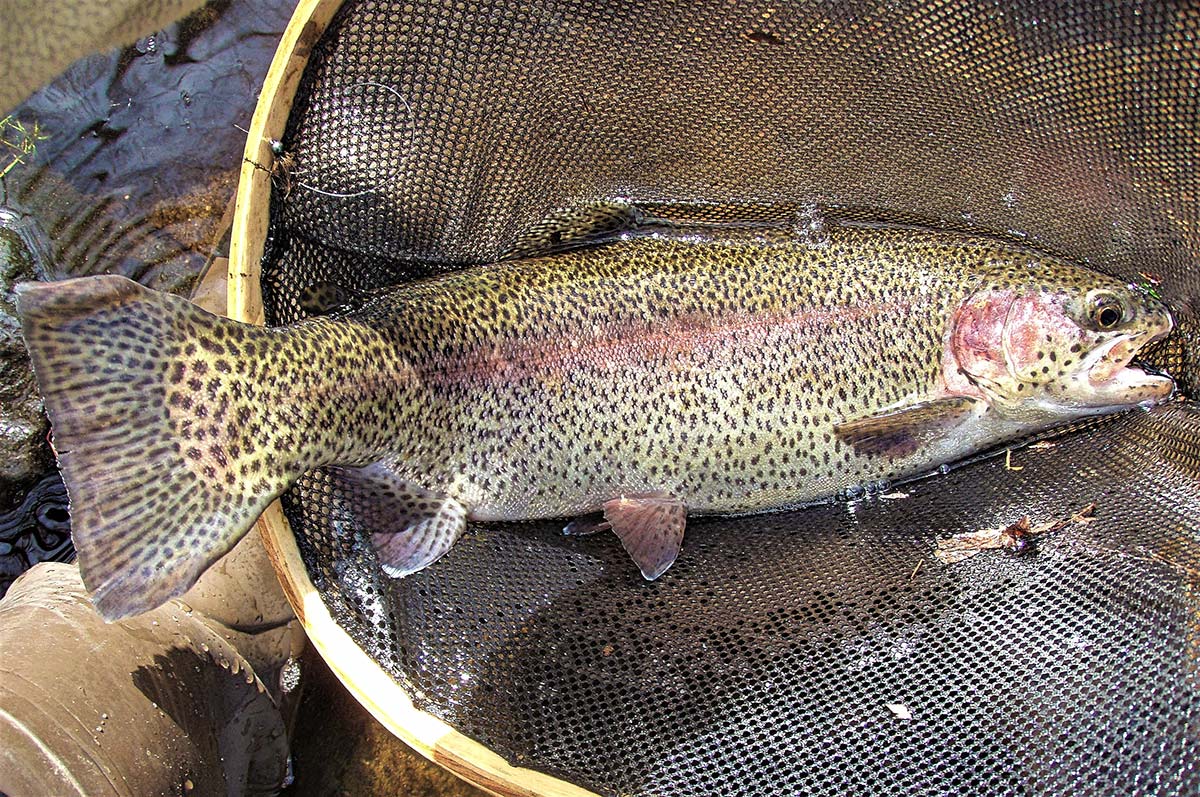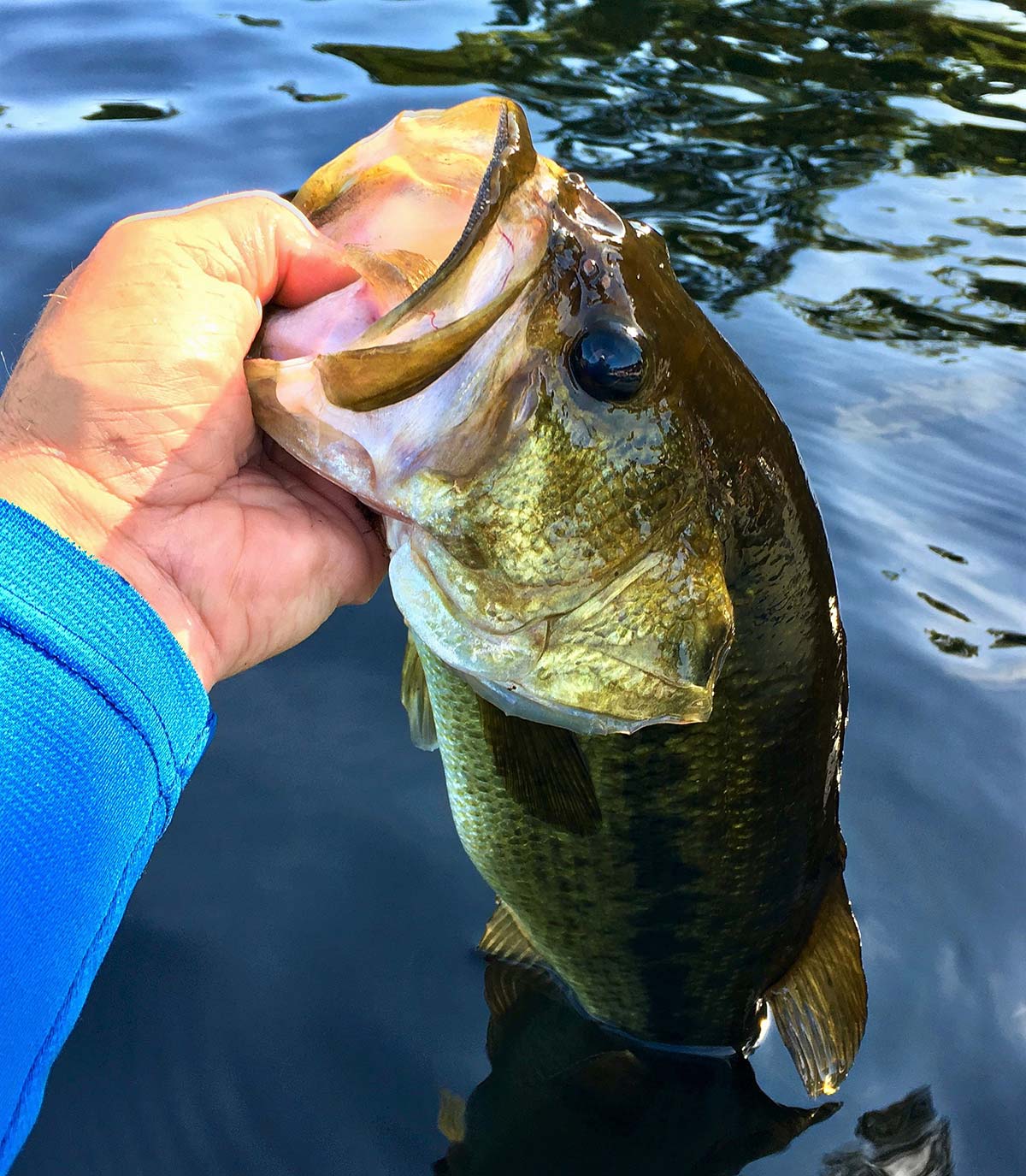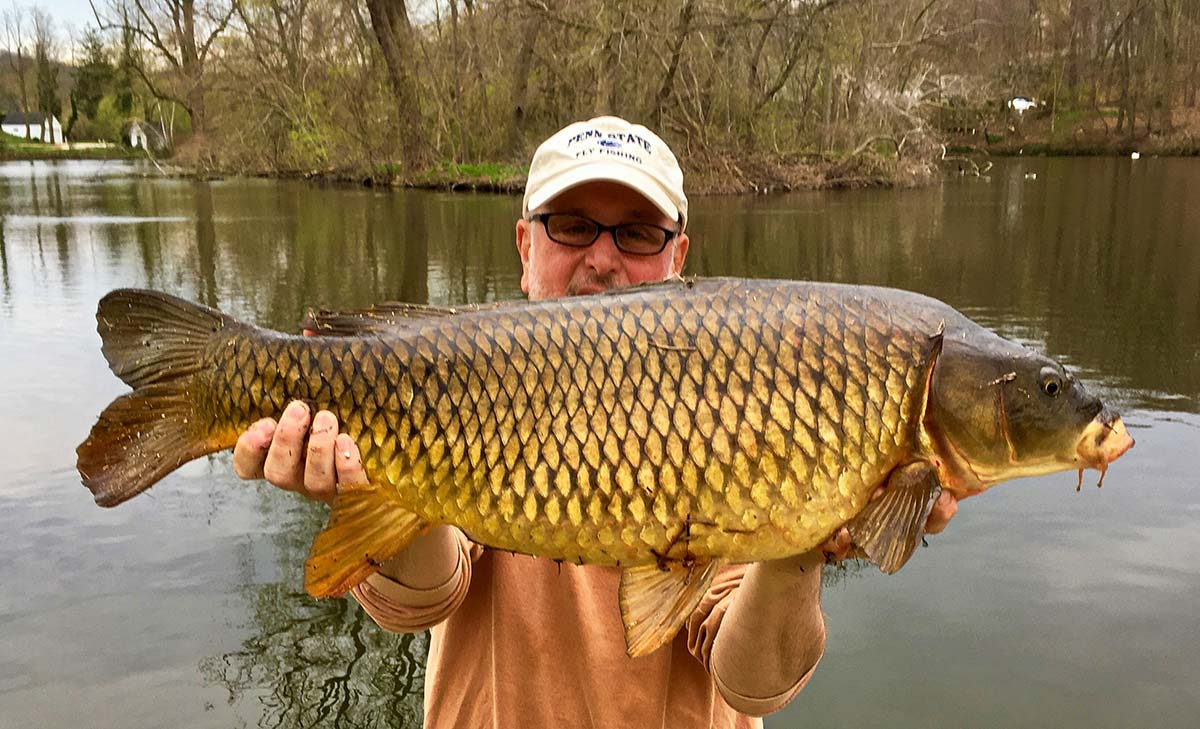
In fishing jargon, a classic slam typically represents the catching of multiple species of fish on the same day utilizing one form of fishing tackle or one method of fishing.
I have always been intrigued by the reverence shown in unique accomplishments in sports such as hat tricks, game-winning four-baggers, holes-in-one, Hail Mary touchdowns as the clock winds down, and grand slams. Similar accomplishments in the world of recreational fishing also have significant appeal to me, especially those achievements referred to as slams. In fishing jargon, a classic slam typically represents the catching of multiple species of fish on the same day utilizing one form of fishing tackle or one method of fishing. A slam can be achieved through fly-fishing, spinning or bait casting, trolling, and bottom fishing. In practice, it can also be achieved through any combination of methods or gear, with the critical measure being that all the fish are caught during the same outing. There are freshwater slams, saltwater slams, inshore and offshore slams. And now there is the Long Island Oddball Slam.
While Long Island, New York, is known throughout the recreational fishing industry as a world-class saltwater fishing destination, it can hold its own when it comes to freshwater fishing. The Island is home to three major spring creeks that contain solid populations of rainbow, brook, and brown trout and is also blessed with a number of excellent kettle lakes, ponds, and tidal creeks that are ideal habitats for vibrant populations of warm water and cold water fish species. Although much of my fishing typically involves using a fly rod in the briny waters that surround Long Island, I still stay true to my freshwater roots and fish for trout, bass, salmon, and carp every chance I get. Very often, it is my sweetwater fishing side that gets going first in the early spring before the transient species of saltwater fish make a showing. It was that predilection for early-season freshwater fishing that started me down the path of seeking a slam that is somewhat of a hybrid. At first, this was not a goal but rather a successive series of unrelated events that, when strung together, ignited the spark of a new quest.

About The Slam
It all began a few seasons ago during an early spring jaunt for trout. I had spent an entire morning fly fishing one of Long Island’s South Shore tidal creeks for holdover rainbow and brown trout. The fishing was tough, but by the time the morning was over, several quality rainbow and brown trout rewarded my efforts. As fulfilling as the outing had been, I was not quite ready to call it a day and considered the available options to extend the fishing.
The winter weather had been especially difficult, so I also wasn’t sure if catch and release largemouth bass would yet prove a productive strategy; the water was still cold in the shallows and outside the limits of the bass comfort zone. Neither was I certain that migrating striped bass would have begun to reach my favorite fishing holes on the Long Island Sound. Although there are populations of stripers that do winter over in parts of the Sound’s watershed, my 9 foot, 9 weight was still securely resting in my rod closet, and my saltwater fly wallet was still in hibernation.
| RESOURCES |
| A simple search of the New York State DEC website http://www.dec.ny.gov/outdoor/fishing.html will direct you to sources for both freshwater and saltwater fishing opportunities and locations. You can then match species and locations to pursue a slam of your own. |
And then the light bulb went on. I did have a spinning rod hanging in the truck, and I could stop at the local 7/11 for some bait. Bait at 7/11? Yes, corn. I decided to try and tempt a carp or two that were awakening from their cold weather slumber. This could prove to be a good time to fish for carp as their appetites would be primed for heavy feeding. While I have a preference for sight fishing carp with flies and small plastic baits, the water in the pond I intended to fish would most likely be very turbid from recent rains and runoff. Appealing to the carp’s sense of smell would be the most likely ticket to success. As it turned out, there was one carp that was willing to shake off the effects of the cold weather and eat my offering. I now had my fill for that day and would leave any further exploits until the next morning.
As I gathered my gear the following day, I chose to visit a small pond that I knew held some trout that might be willing to eat some streamer flies. The hunch paid off with a couple of nice rainbows and brook trout. But the real surprise of the morning was that between catching trout, a few largemouth bass also found the black leech pattern appealing. After a few more trout rose to the occasion, it was time to grab some lunch and get on with the day’s chores. The following morning would find me chasing some early-season striped bass in the backwaters of the local harbor.
An Idea Comes About
Along about mid-April, both holdover resident striped bass and early migratory fish become active in bays, harbors, and warmer shallow waters that surround Long Island. I was optimistic that my first-of-the-season outing for stripers would yield a fish or two. I wasn’t disappointed. A nice beach walk, some good exercise, and a few fish. What more could I ask for? On the walk back to my truck, an idea hit me. Over the past two days, I had caught trout, largemouth bass, carp, and striped bass. What if I could catch all four species in a single day? That would be an interesting freshwater/saltwater combination slam – an “oddball” slam of sorts. It was not until June of that year that I could attempt this slam since that was when black bass would next be in season. I had some time to plan that outing and make the slam the focus and the goal of a fishing excursion.
Over the years, I have had the opportunity to catch several saltwater and inshore slams using both fly fishing and spinning gear. In most cases, the slams represented a combination of striped bass, bluefish, false albacore, and Atlantic bonito. I was also once fortunate to hook all five species of Pacific salmon one day in the wilds of Alaska. In some earlier instances, my slam events transpired as a result of happenstance, simply being in the right place at the right time. But as my interest in catching slams grew, the elements of timing and preplanning played a bigger role in my success. A tactical approach to the “oddball” slam would also be essential.

Smooth Start
Upon evaluating my strategy, I concluded that I would pursue trout first. The logic was that holdover trout in Long Island’s streams and ponds were still quite active and that those same waters had also been well stocked. So, chances were high that I could cross a rainbow trout off my list in short order. I went back to the pond I had had success at earlier in the spring, armed with an ultra-light spinning rod and a time-tested in-line spinner. It wasn’t long before I placed a net under the first of my slam species. And now I was faced with my first decision: keep catching trout or move on to the next fish. I have learned over the years that when intentionally fishing for slams, it is best to catch one species and then move on. Being lured by the prospect of catching more of the same species is the biggest detriment to following through on a slam.
Timing is key, so I would move on to my next target of opportunity: largemouth bass. Long Island has numerous ponds that hold black bass, and one such body of water was a short distance away from where I had caught the trout. Although the bass in this pond ran small, a catch was, nonetheless, a catch, and the species, regardless of size, would count toward the slam. Considering that it was a post-spawn period, there would most likely be some hungry fish willing to hit a tube and tail combination. It took a while, but eventually, a small bass hit a tube and tail combination, and slam species number two was caught and released. But now things would get a bit tougher. While I would stay with freshwater for the third species, it would be somewhat more difficult to get a carp to eat. Fishing for these large freshwater “minnows” has taught me that one day’s success could easily turn into tomorrow’s failure. I’ve had days when I could not keep carp off the hook and other days when nary a one would eat a bait.
A Tougher Task
Catching both the trout and the bass had taken up most of my morning, and the next stage of this task could be time-consuming. Carp are notorious for eating baits like gluttons one day and then swimming past anything you might offer the next. I do prefer sight casting to carp with either flies or small plastic baits, but to put the odds in my favor for an expeditious hook-up. I would resort to bait. A can of corn mixed with a favorite concoction of “sweeteners” would have to get the job done. I seeded a prime area with some corn, baited up the light spinning rod, and waited, and waited, and waited. The clock was ticking, and soon it struck mid-afternoon. I started to worry that I just might not get the net under a carp on this day. I began to pack my gear to leave when a young woman approached with her son in tow. They asked how I was doing and what kind of fish were in the lake, and as I started to respond, fate intervened. Out of the corner of my eye, I noticed that tell-tale twitch to the slack line and then a rapid movement of line off the open spool. I reached for the rod and waited for the run-off of line I knew was coming next. And when it did, I closed the bail and set the hook. Twenty minutes later, species number three of the oddball slam was in the net.

To The Salt
With the carp unhooked and released, it was time to turn my attention to striped bass. It was late afternoon with a mild southwest wind and an incoming tide. I knew the exact beach where I needed to be. Most beaches have sweet spots that come alive during certain stages of the tide or when currents are optimal. The place I wanted to fish would require a long walk and offer a 45-minute window of opportunity to catch the fourth and final species of the slam. Once at the spot, I tied on a sand eel fly and casted within a 50-yard area while wading back and forth along the edge of a trough. Eventually, a 26-inch school-size striper ate the fly. The fish was beached, unhooked, and released. Mission accomplished.
Slams need not consist of exotic species like some of the more tropical slams: tarpon, bonefish permit. If you are in the mood to have some fun with your fishing, pick three or four species you would like to catch in a single day and have at it. I have enjoyed some other simple slams like a fluke, porgies striped bass and blackfish, sea bass, stripers, and albies. You can even target all species of local panfish and have a blast with perch, bluegill, crappie, and rock bass. The sky’s the limit, and you can go as odd as you like. Just mix it up a bit and enjoy the experience.



